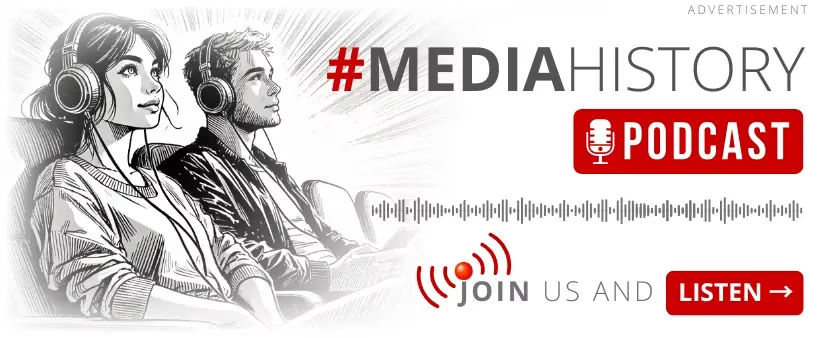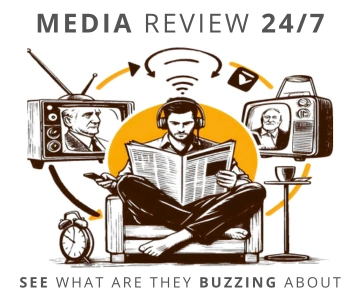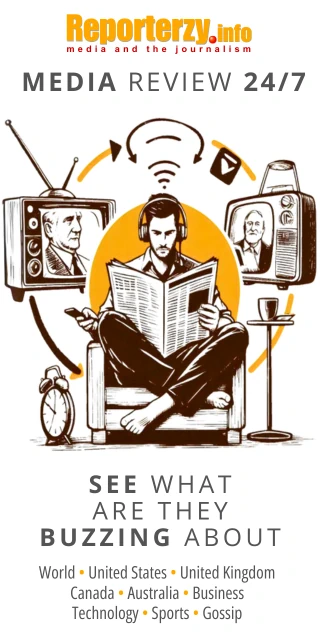This is a field of photography that requires great sensitivity and a solid equipment background from the photographer. Photos are taken under very difficult lighting conditions, practically in the absence of light that would allow for a correct photograph.
The inability to use a flash (firstly because it would ruin the atmosphere of the photo built by the stage lighting, and secondly, the use of a flash is often simply not allowed) encourages the search for other methods to achieve an interesting photo.
- Bright lenses with an aperture of f/1.4 to f/2.8 and good tolerance negative materials with high ISO sensitivity of 800 or 1600 are invaluable here.
- It is very common to use forced development of negatives, where an ISO 800 film can be exposed as 1600, and in special cases even as 3200.
- A tripod or monopod is often very helpful. A camera with automatic exposure control is already standard in this work.
- Spot metering and autofocus are useful, as they can manage focusing in such difficult conditions.
We must remember that in this type of photography, we cannot plan anything in advance. For example, going to a concert, it is difficult to predict what the stage will look like, what the lighting will be, or where we will be standing.
It is also important to remember that we must not disturb the audience and the artists. We have to consider the fact that photographs taken in such difficult conditions will come at the cost of more grain, will often be blurred, and only a small portion of the photographs taken will be suitable for publication.
COMMERCIAL BREAK
New articles in section Press photography
How to Choose a Drone. What to Consider When Buying a Flying Camera
KF
Photography and filmmaking are industries where civilian drones are now most commonly used. The global market for flying cameras was worth $12.4 billion in 2023 and is expected to grow annually by 15.6%. How do you choose the right drone for yourself from this rapidly expanding market? Here are some tips.
Stock photography market. Report and forecasts by Mordor Intelligence
KFi
Demand is growing fastest in Asia, but America creates the most visual content. More often now, images come from algorithms, not cameras. The biggest players are investing in training artificial intelligence. Free platforms are boldly stepping out of the niche.
How to choose a gimbal. Things to consider before buying [GUIDE]
Krzysztof Fiedorek
Stable shots aren't just about aesthetics. They’re the foundation of credible and viewer-friendly content. A gimbal - a device designed for image stabilization - has become a must-have for anyone serious about filming. But how do you pick the right one? It’s only seemingly simple.
See articles on a similar topic:
Photographing Art
Janusz Wójtowicz
This is a field of photography that requires great sensitivity and a solid equipment background from the photographer. Photos are taken practically in the absence of light that allows for a proper shot.
Trends in Mobile Photography. Huawei XMAGE Report
Marta Januszkiewicz
A team of experts, with the help of AI, analyzed photos and videos submitted to the latest edition of the HUAWEI NEXT IMAGE Awards mobile photography competition. The result is the HUAWEI XMAGE Trend Report 2023, a publication identifying key trends and themes in images generated by smartphone users.
Before You Buy a Used Camera
Janusz Wójtowicz
A guide for beginner photojournalists on how to choose the right equipment at the right price so that you don't regret it later.
My Path to Photojournalism
Janusz Wójtowicz
To be a photojournalist, one must possess an innate ability to see with images, have something to say, and master the technique of photography to the degree that allows one to forget about it while working.






























